Embark on an enlightening journey into the captivating realm of wine varietals, a universe brimming with rich flavors, storied traditions, and the refined artistry of winemaking. This expedition invites you to unravel the core of what distinguishes a wine varietal within the boundless expanse of the wine world. Wine varietals, the exquisite outcomes of single grape varieties, are not merely beverages but vessels carrying the legacy of their origins, the dedication of their creators, and the distinctive nuances that only a particular grape can express.
In the vast tapestry of winemaking, each varietal stands as a testament to the diversity and potential held within a single grape, transformed through the alchemy of winemaking. These varietals carry the whispers of the soil they sprung from, the climate that nurtured them, and the winemaker’s vision that guided their journey from vineyard to glass. As we peel back the layers, we uncover the individuality and character that make each varietal wine a unique piece of a larger narrative, inviting us to taste and appreciate the symphony of flavors that emerge when a grape is allowed to shine on its own.
This exploration is not just about tasting wine; it’s about connecting with the stories, the heritage, and the meticulous craftsmanship behind every bottle. It’s about understanding how a Pinot Noir’s subtle complexity, a Chardonnay’s robust elegance, or a Cabernet Sauvignon’s bold vigor can encapsulate the essence of their grape variety, offering a direct line to the earth and hands that crafted them. As we embark on this voyage together, let us savor the rich tapestry of wine varietals, immersing ourselves in the sensory experiences and profound connections that only these singular expressions of grapes can provide.
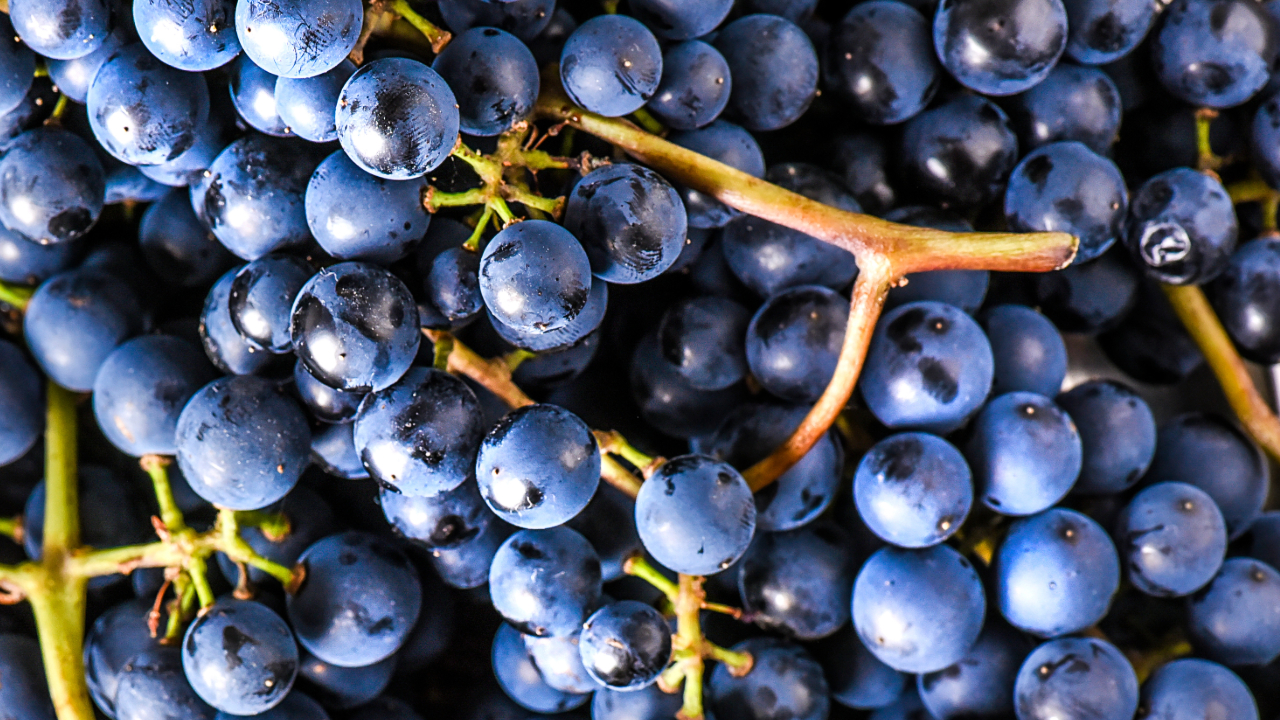
The Basics of Wine Varietals
Dive into the essence of wine varietals, the foundation upon which the vast and intricate world of wines is built. At its heart, a wine varietal is crafted from a single grape type, a pure expression of flavor, aroma, and character. This purity allows each varietal to convey a unique story, a narrative deeply rooted in its grape variety. The journey of understanding wine varietals begins with recognizing the criteria that distinguish a varietal wine in various corners of the globe. In the United States, a wine must derive at least 75 percent of its character from a single grape to bear the name of that varietal on its label. Cross the northern border into Canada, and this threshold ascends to 85 percent, showcasing the nuanced standards that govern the identity of varietal wines.
This exploration is not merely academic; it’s a gateway to appreciating the singular beauty that each grape variety offers. Whether it’s the robust intensity of a Cabernet Sauvignon or the delicate finesse of a Chardonnay, the varietal purity stands as a testament to the grape’s inherent qualities, influenced by the terroir, the climate, and the winemaker’s vision.
Wine Varietals vs. Blends
Venture further into the realm of winemaking to unravel the distinction between wine varietals and blends. While varietal wines celebrate the virtue of one grape, blends are the harmonious symphony of two or more, masterfully combined to achieve a complexity and balance that no single variety could offer. This juxtaposition between the singularity of varietals and the collaborative richness of blends opens up a spectrum of flavors, textures, and aromas
Understanding the difference illuminates the art and science behind winemaking. Blends, like the storied Bordeaux or the charismatic Chianti, weave together the strengths and nuances of their component grapes, creating wines that are celebrated for their layered complexity and depth. Conversely, varietal wines stand as a pure expression, an opportunity for the winemaker to showcase the distinctive characteristics of a single grape variety, unadulterated and unblended.
This sets the stage for a deeper appreciation of wine, inviting enthusiasts to explore the wide array of experiences that wine varietals and blends offer. Whether one gravitates towards the singular purity of a varietal or the intricate composition of a blend, the world of wine is richer for the diversity. As we peel back the layers, the journey through wine varietals is an invitation to connect with the unique essence of each grape, a path to discovering the true spirit of winemaking.
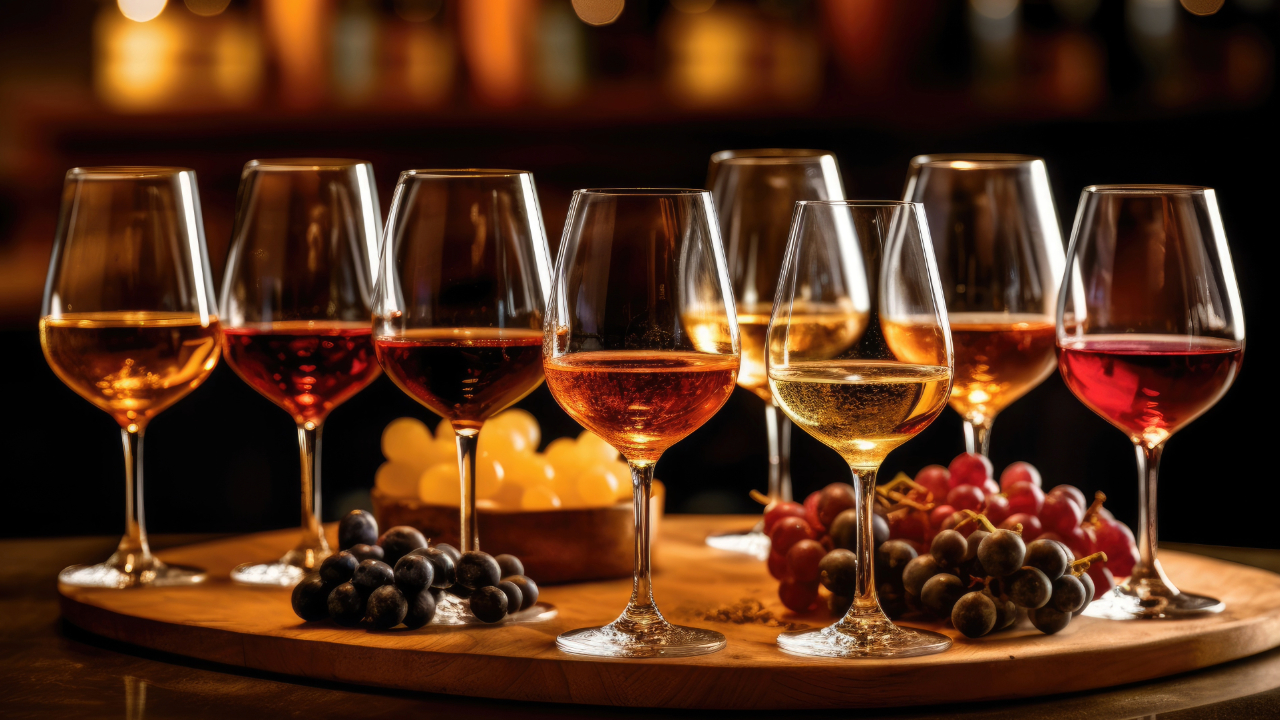
The Naming Conventions of Wine Varietals
Embark on a fascinating exploration of the diverse world of wine naming conventions, a journey that reflects the rich tapestry of winemaking cultures and traditions across the globe. In the New World wine regions of North America and Australia, the name of a wine varietal often directly mirrors the grape from which it was crafted.
This grape-centric approach offers a clear window into the character and flavor profile of the wine, making it accessible for enthusiasts and connoisseurs alike to navigate their preferences and explorations. Chardonnay, Merlot, and Shiraz stand as testaments to the grape varieties they represent, inviting drinkers to experience the essence of the grape itself.
Conversely, the Old World wine regions of France and Italy are steeped in a tradition where wines are often christened after their geographic origins. This region-focused naming convention speaks volumes about the importance of terroir — the unique combination of soil, climate, and landscape — in shaping the wine’s character.
Names like Bordeaux, Chianti, and Burgundy evoke not just a set of flavors but a sense of place, a tribute to the regions that have been honing the art of winemaking over centuries. This approach weaves the identity of the wine with its homeland, celebrating the intricate relationship between the wine, its origins, and the cultural heritage it carries.
A Tale of Two Syrahs
Dive deeper into the world of wine varietals with the story of Syrah, a grape that offers a vivid illustration of how naming conventions can reflect more than just a difference in terminology but also a divergence in style, flavor, and winemaking philosophy. Known as Syrah in its French homeland, particularly in the Rhône Valley, this grape yields wines that are complex and structured, with a profile rich in dark fruits, pepper, and savory notes. These characteristics are a mirror to the temperate climate and the terroir of the region, embodying the essence of French winemaking tradition.
Cross the globe to Australia, and Syrah transforms into Shiraz, a name that signals not just a different label but a whole new personality. Australian Shiraz is bold and fruit-forward, often showcasing riper fruit flavors and a more pronounced sweetness compared to its French counterpart. This difference is a testament to Australia’s warmer climate and the innovative spirit of its winemakers, embracing and celebrating the unique qualities that their terroir brings to the Syrah grape.
This tale of two Syrahs encapsulates the beauty and diversity of the wine world, highlighting how the same grape can take on multiple identities, shaped by the land from which it comes and the people who craft it into wine. It’s a story that underscores the importance of understanding naming conventions, providing a lens through which wine lovers can appreciate the rich narratives behind each bottle. As we navigate through the names and regions, we’re invited to taste the world one glass at a time, discovering the distinct voices of varietals as they speak of their origins and journeys.
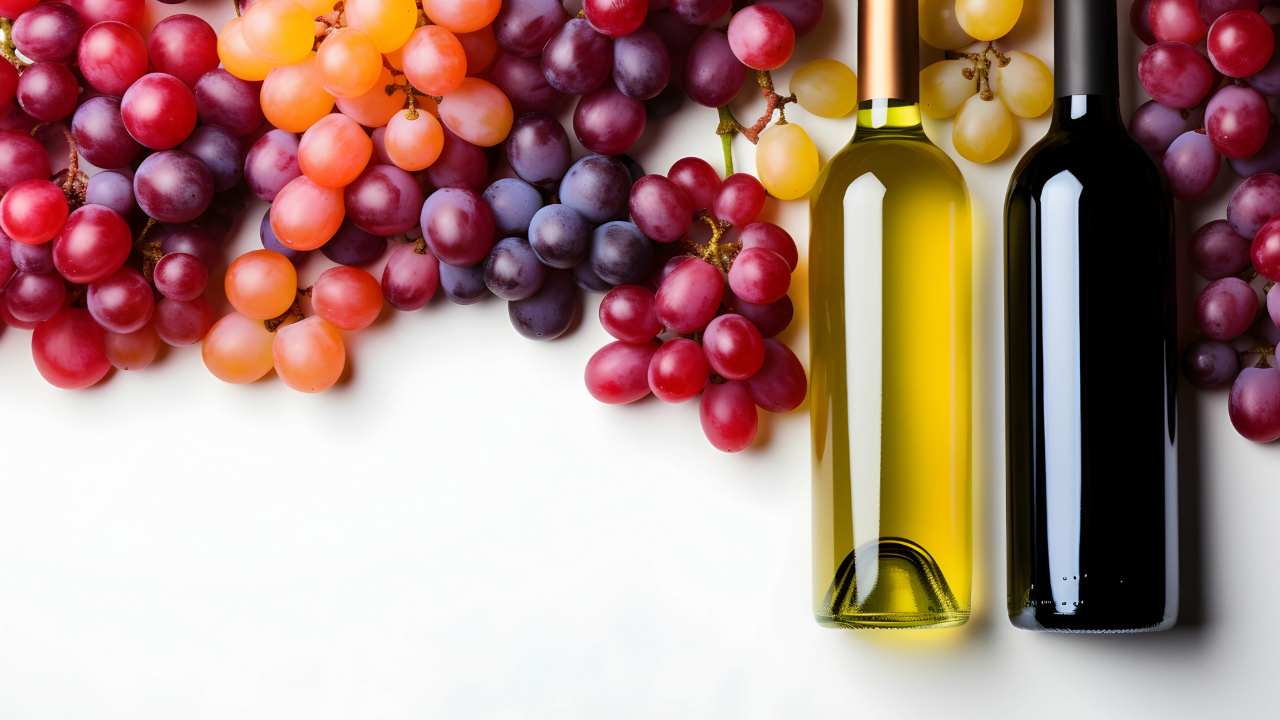
The Wide World of Wine Varietals
Venture into the vast and vibrant world of wine varietals, a realm where the staggering diversity of grape varieties paints a complex mosaic of flavors, aromas, and textures. With an estimated 10,000 varieties of wine grapes flourishing in vineyards around the globe, the spectrum of wine varietals available to us is nothing short of astonishing. This abundance is a testament to the adaptability of the Vitis vinifera species, capable of expressing an extraordinary range of characteristics depending on its environment.
However, cataloging the exact number of varietals poses a significant challenge, akin to capturing a portrait of an ever-evolving landscape. The factors contributing to this complexity include regional naming conventions, hybridization, and the discovery of new varieties, making the wine world a dynamic and ever-expanding universe of taste. This diversity invites enthusiasts and novices alike to embark on a never-ending journey of discovery, where each bottle uncorked is an opportunity to explore the rich tapestry of global wine culture.
Spotlight on Red Wine Varietals
Embark on a sensory expedition through the world of red wine varietals, where each grape variety offers a unique window into the soul of its homeland. From the robust and tannic structure of a full-bodied Cabernet Sauvignon, emblematic of the power and prestige of Napa Valley, to the spicy and fruit-forward Zinfandel, which captures the sun-drenched warmth of California, red varietals tell a story of place, process, and passion.
This journey through the red wine spectrum is marked by landmarks such as the elegance of Pinot Noir, with its delicate layers of cherry and earth, and the rustic charm of a Sangiovese, heart of the Chianti tradition. These varietals, among others, showcase the art of balancing fruit, acidity, tannins, and oak, resulting in wines that can range from silkily sophisticated to boldly assertive. Understanding the origins, characteristics, and winemaking techniques behind these red varietals enhances our appreciation for the diversity and depth that red wines bring to the table.
Celebrating White Wine Varietals
Turn the page to the luminous and nuanced world of white wine varietals, where lightness does not imply simplicity but a different spectrum of complexity and elegance. The versatile Chardonnay leads the parade, capable of a chameleon-like range from the lean and mineral-driven Chablis to the lush and buttery expressions from warmer climates, demonstrating the profound influence of terroir and winemaking choices.
Venture further and discover the aromatic Viognier, with its intoxicating perfume of flowers and stone fruits, a varietal that speaks of the delicate balance between power and grace. The crisp acidity of a Sauvignon Blanc, the floral delicacy of a Gewürztraminer, and the refreshing zest of a Riesling each add a unique voice to the chorus, celebrating the wide array of flavors, textures, and aromas that white varietals contribute to the wine world’s diversity.
This serves as an invitation to explore the white and red wine varietals that populate the vast landscape of wine, encouraging a deeper appreciation for the diversity and the stories of tradition, innovation, and craftsmanship that each bottle holds. In the wide world of wine varietals, every sip is a journey, and every glass is a discovery.
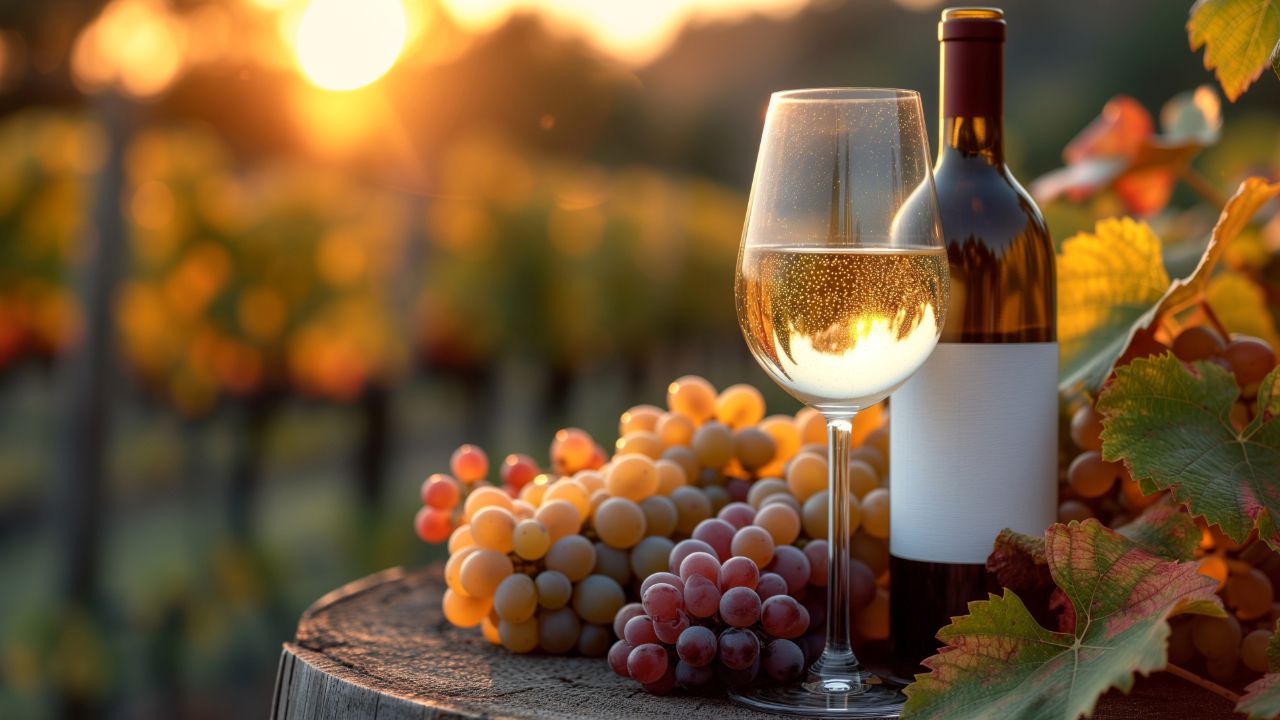
Understanding Wine Varietal Characteristics
Embark on a captivating exploration into the science that imbues wine varietals with their distinctive taste profiles, unraveling the intricate dance of tannins, acidity, and aromas that define the essence of each glass. At the core of this journey is an appreciation for the natural components that contribute to the sensory experience of wine, shaped significantly by the grape’s skin, the fermentation process, and the influence of regional terroir.
Tannins
Tannins, the natural compounds found in grape skins, seeds, and stems, introduce a textural complexity to wine, offering a spectrum from velvety smooth to robustly astringent. Red wines, with their longer contact with grape skins during fermentation, boast a higher tannin content, contributing to their aging potential and mouthfeel. On the other side, white varietals, typically fermented without skins, rely on acidity to provide their backbone of freshness and vibrancy. Acidity is the pivotal force that balances the wine’s flavors, ensuring that each sip delivers a crisp, engaging experience.
Aromas
Aromas play a leading role in the narrative of wine, with each varietal expressing a unique bouquet of scents that can transport the drinker to vineyards far and wide. From the dark berry and pepper notes of a Syrah to the tropical breezes evoked by a Sauvignon Blanc, aromas enrich the wine tasting adventure, inviting deeper contemplation and enjoyment.
Understanding these elements offers a window into the winemaker’s craft, revealing how decisions made in the vineyard and the cellar come together to create the wines we love. It also highlights the importance of terroir – the combination of soil, climate, and landscape – in shaping the character of each varietal, making wine a reflection of its origins.
Food Pairings and Occasions
Venturing beyond the glass, this section illuminates the art of pairing wine varietals with food and occasions, transforming meals and gatherings into memorable experiences. The synergy between wine and cuisine is not merely about matching flavors but creating harmonies that enhance both the dish and the drink. Learn how the robustness of a Cabernet Sauvignon can stand up to the richness of a grilled steak, or how the crisp acidity of a Pinot Grigio beautifully complements a light seafood pasta.
Equally important is selecting wines that match the spirit of an occasion. Celebratory moments sparkle a little brighter with the effervescence of a Champagne or Prosecco, while intimate gatherings might call for the elegance of a Pinot Noir or the refreshing zest of a Chardonnay. This section offers insights and guidelines to confidently navigate the pairing process, ensuring that every meal and every event is enhanced by the perfect wine companion.
Understanding wine varietal characteristics and mastering the art of pairing are keys to unlocking the full enjoyment of wine. This chapter serves as both a guide and an invitation to experiment, learn, and savor the endless possibilities that wine brings to the table, enriching our lives with every glass.
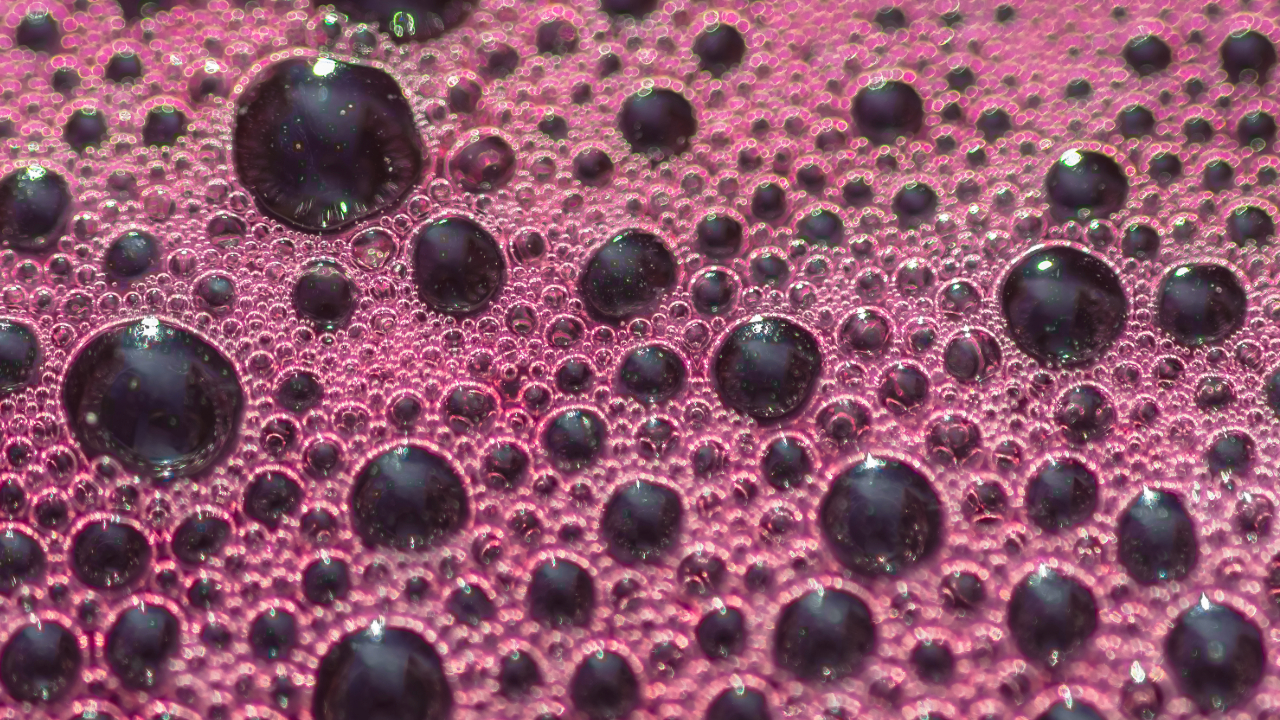
The Art and Science of Winemaking
Dive into the heart of winemaking, where the journey from vineyard to glass unfolds as a meticulous labor of love, guided by both science and art. This process begins with the careful selection of the perfect grape, a decision that encapsulates years of expertise, understanding of the land, and the winemaker’s vision for the final expression of the wine. Each step, from the cultivation of vines to the harvesting of grapes at their peak ripeness, is a testament to the symbiosis between nature and the winemaker’s hand.
The transformation of grape into wine is a fascinating voyage through fermentation, where yeast converts sugars into alcohol, unveiling the varietal’s soulful essence. Aging, whether in oak barrels or stainless steel tanks, further refines the wine, allowing its flavors to mature, mellow, and integrate. The art of blending, even within single-varietal wines, can adjust depth and complexity, showcasing the winemaker’s skill in creating a harmonious final product. Finally, the moment of bottling captures the wine’s journey, sealing it until it’s ready to be enjoyed, completing the cycle from vineyard to glass.
Innovation and Tradition
In the realm of winemaking, the dance between innovation and tradition is a delicate one, where the timeless techniques passed down through generations meet the cutting-edge advances of modern science. Winemakers revere the ancestral knowledge that has shaped the world of wine, from the terroir-specific practices to the fermentation methods that define regional characteristics. These traditions serve as the backbone of winemaking, ensuring that each bottle is a reflection of its heritage and the rich history of its origins.
Simultaneously, the wine industry thrives on innovation, embracing new technologies and methods that enhance quality, sustainability, and consistency. From precision viticulture to innovative fermentation techniques, winemakers are continuously exploring ways to refine their craft and elevate the wine experience. This fusion of old and new not only honors the varietal’s legacy but also adapts to the evolving tastes of contemporary wine enthusiasts.
This sheds light on the intricate process behind each bottle of wine, revealing how winemakers weave together tradition and innovation to produce varietal wines that resonate with drinkers around the world. It’s a celebration of the craft, inviting readers to appreciate the depth of knowledge, the commitment to quality, and the passion for wine that drives the industry forward. Through understanding the art and science of winemaking, we deepen our connection to wine, fostering a greater appreciation for each sip we take.
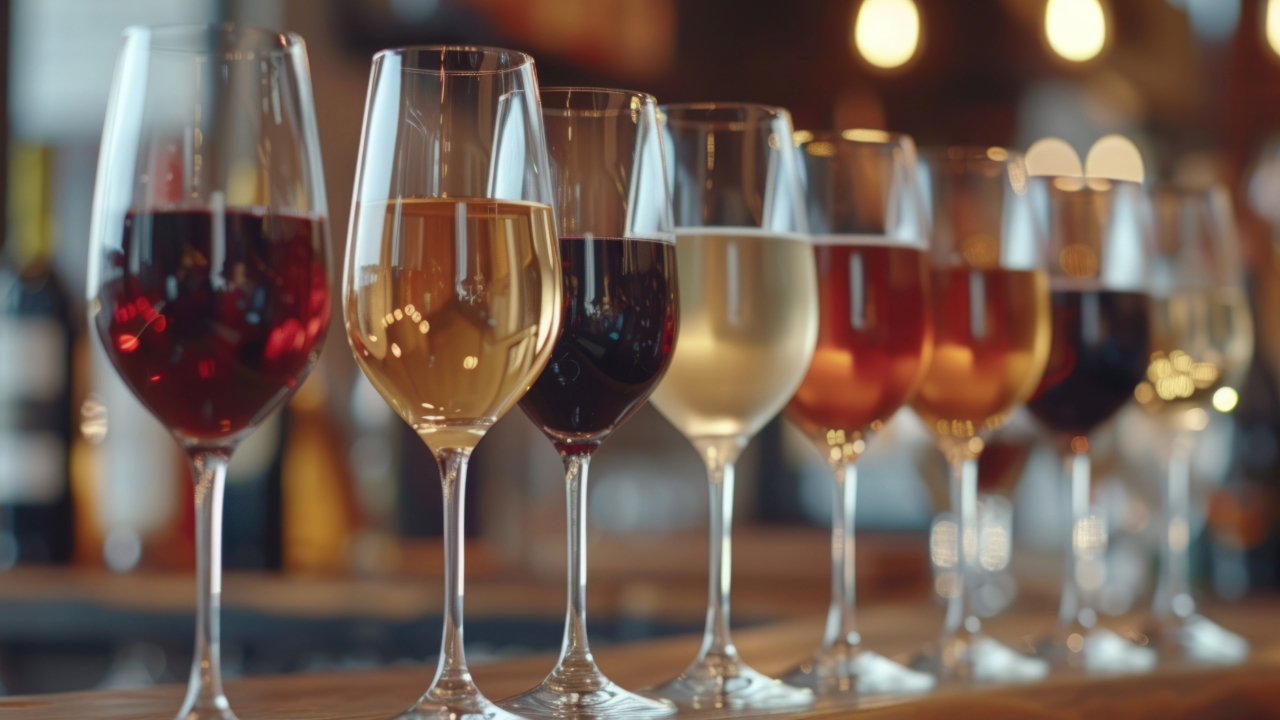
Exploring Varietal Wines Around the World
Embark on a virtual odyssey through the world’s most illustrious wine-producing regions, where the tapestry of climate, soil, and centuries-old traditions meticulously sculpts the identity of varietal wines. This exploration is not just about geography; it’s an immersion into the essence of each locale, understanding how the terroir – the unique environment in which grapes are grown – imparts distinct characteristics to the wine.
From the sun-drenched valleys of Napa to the ancient soils of Bordeaux, each region offers a window into the soul of its varietals. In the rolling hills of Tuscany, Sangiovese grapes absorb the warmth of the Italian sun, while in the cool climates of New Zealand, Sauvignon Blanc varietals burst with vibrant acidity and fresh, zesty flavors. This journey through the vineyards of the world reveals how the same grape varietal can express a multitude of nuances, each rendition a reflection of its birthplace.
Emerging Regions and New Varietals
Venture beyond the established vineyards to the frontier of wine production, where emerging regions are carving their niches in the world wine map, challenging the old guards with innovative approaches and daring to experiment with new varietals. These pioneering regions, from the high-altitude vineyards of Argentina to the coastal breezes of South Africa, are expanding the palette of the wine world, introducing enthusiasts to a spectrum of flavors and styles previously unimagined.
The introduction of new varietals to the market is not just a testament to the adventurous spirit of modern winemakers but also a response to the evolving tastes of consumers and the changing climate conditions affecting traditional wine-growing areas. Grapes once considered obscure or unsuitable for certain climates are finding new homes where they thrive, bringing diversity and excitement to our glasses.
We invite you to widen their horizons, exploring the vast world of varietal wines with curiosity and an open mind. As we journey from the established to the emerging, from the traditional to the innovative, we discover that the world of wine is ever-expanding, constantly evolving, and eternally enchanting. Each glass of wine is a story of its origin, a sip of the place, and a toast to the hands that crafted it, offering an endless adventure for those willing to explore.
